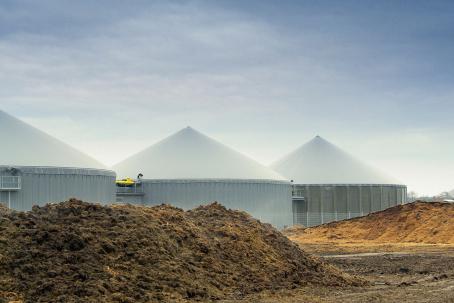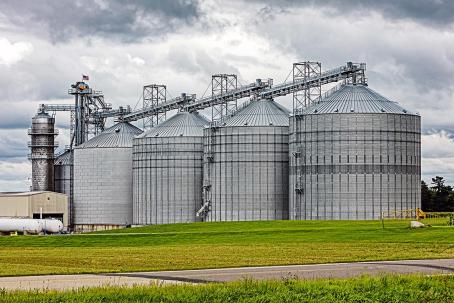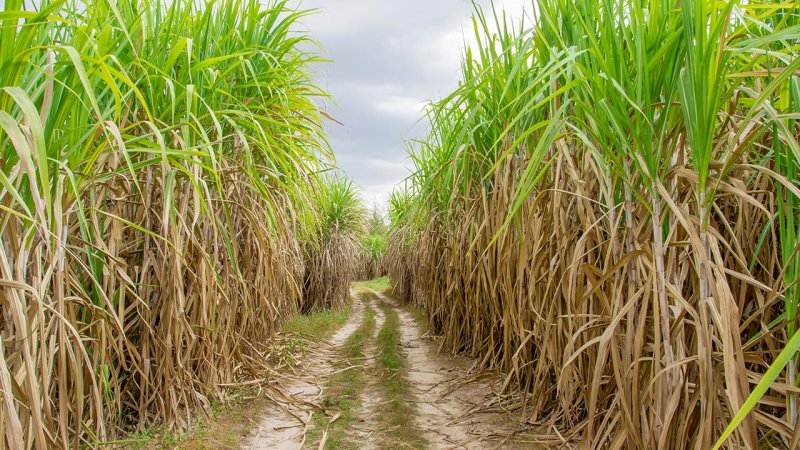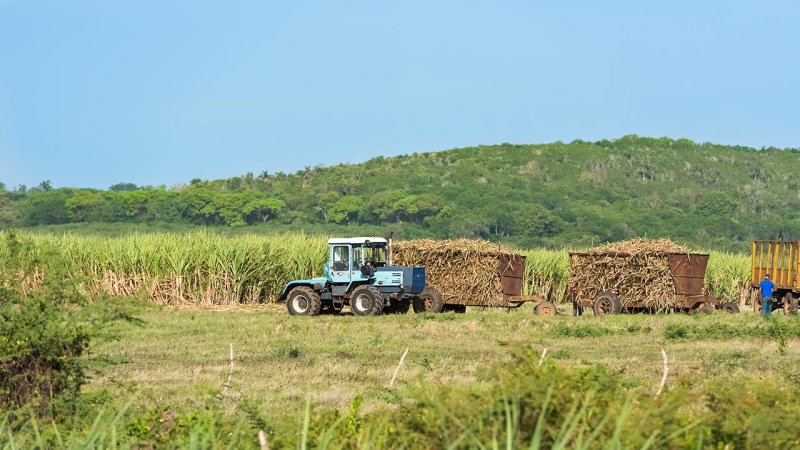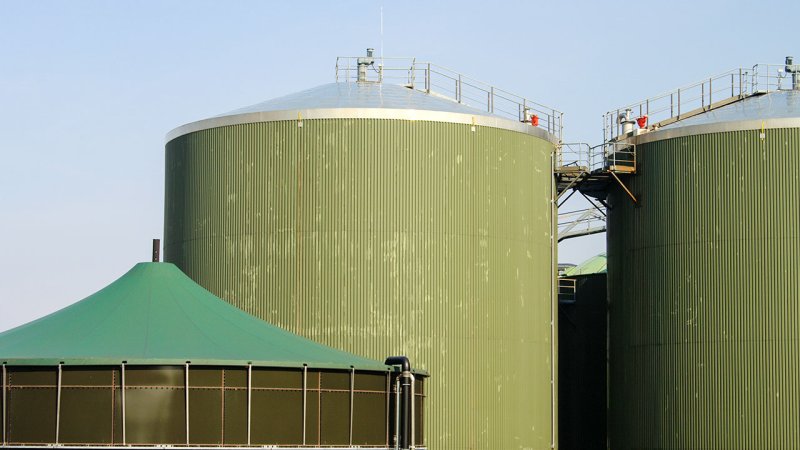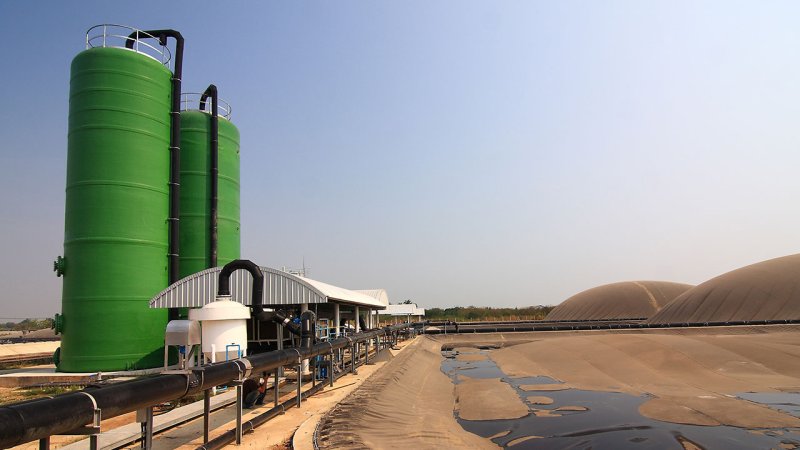
Available Technology of Biomass
6 min read
Biomass processing technology can be subdivided into two categories: chemical processes and biologic processes. The most important chemical processes are gasification, pyrolysis and esterification, while biologic processes are represented by anaerobic digestion and alcoholic fermentation.
There are many technologies suitable for processing or the use of biomass in the power industry and transportation. Aside from direct combustion, the conversion technology is usually based on chemical or biologic processes. The conversion then yields various kinds of fluid or gaseous fuels.
Combustion
The primary direct use of biomass is its classic combustion in modified boilers in thermal power plants. The released thermal energy is then used to produce electrical energy in a Rankine cycle or it is distributed as heat to consumers. Biomass does not require complex processing before combustion. Wood is usually used in the form of chips, straw bales can be burned as they are, or the biomass can be compressed into pellets. As biomass may be relatively moist, it is gradually dried during processing. Maintaining a steady supply of large amounts of biomass can however prove to be somewhat difficult.
Gasification
Video: 3D model of biomass gasification.
Gasification belongs to the chemical category of biomass processing. In general, it is a process of heating organic substances with a controlled supply of oxygen that results in their conversion into a mixture of flammable gases. Biomass is gasified in fixed bed or fluidized bed generators. Fixed bed generators reach temperatures around 500 °C, while the gasification process runs at atmospheric pressure. Their design is the simplest but they produce waste such as tar or phenols, as opposed to fluidized bed generators which are able to decompose these wastes into flammable gases. Temperatures in fluidized bed generators are almost twice as high as in fixed bed generators and pressures can be as high as 2.5 MPa. The product of this gasification is a flammable gas with a heating value of 4 to 6 MJ/m3 which can be combusted in classic power plants or gas turbines.
At the first World Fair (Exposition Universelle) in Paris in 1900, Rudolf Diesel presented his diesel engine running on peanut oil. This kind of fuel was very interesting for France, since it produced peanuts in its overseas colonies.
Pyrolysis
Pyrolysis is a thermochemical process in which biomass is decomposed at high temperatures with no or little oxygen available into simpler organic products which is also called dry distillation. At temperatures over 500 °C, the products are further broken down and transformed into stable gases such as hydrogen, methane and simple carbon oxides. The product of pyrolysis is pyrolytic gas which is widely used as a base material in the chemical industry as well as fuel for cogeneration plant engines.
Another modern way of decomposing biomass is the accelerated pyrolysis. Here the biomass is quickly heated to a predetermined temperature and the released gases are immediately cooled down. The product of this process is bio-oil.
Esterification
Esterification is a means of chemical biomass processing in a water environment. In general, esterification means the reaction of an alcohol with an acid producing an ester of the acid and water. Probably the best-known product of transesterification is biodiesel; methyl ester of unsaturated fatty acids. In this case, pressed plant oil from high energy plants reacts with methanol in the presence of sodium hydroxide which serves as a catalyst. Refining biomass through transesterification is done in so-called bio-refineries.
Anaerobic digestion
Anaerobic digestion is a technology based on the microbial transformation of organic substances in an oxygen-free environment. Under the right conditions, bacteria feeding on biomass produce methane, which is the main component of biogas. As a renewable energy resource, biogas with its heating value of 20—23 MJ/m³ could replace fossil fuels in generating heat and electricity.
Biogas production in biogas stations is a multiple-stage process. Using hydrolysis, insoluble organic polymers are broken down into simpler amino-acids. In the next stage, intermediate products (alcohols and fatty acids) are produced that are combined with hydrogen and carbon dioxide in the final stage and transformed by bacteria into methane.
The first anaerobic fermentation reactor was built in India in a leper colony in Mumbai in 1859.
Alcoholic fermentation
Another method of biologic primary biomass processing is the breaking down of plant saccharides and simple sugars into ethanol and carbon dioxide. Anaerobic fermentation is an exothermic process (heat-releasing).
On an industrial level, bioethanol is produced from plants specifically grown for this purpose that contain high amounts of saccharides and starch. These are primarily maize, sugar beet, sugarcane, potatoes or grain. Bioethanol is most commonly used as a biofuel for cars or as an additive for petrol.
The rising of dough is caused by alcoholic fermentation. Sugars are turning into ethanol and carbon dioxide, which forms bubbles. The ethanol then evaporates entirely during baking.




